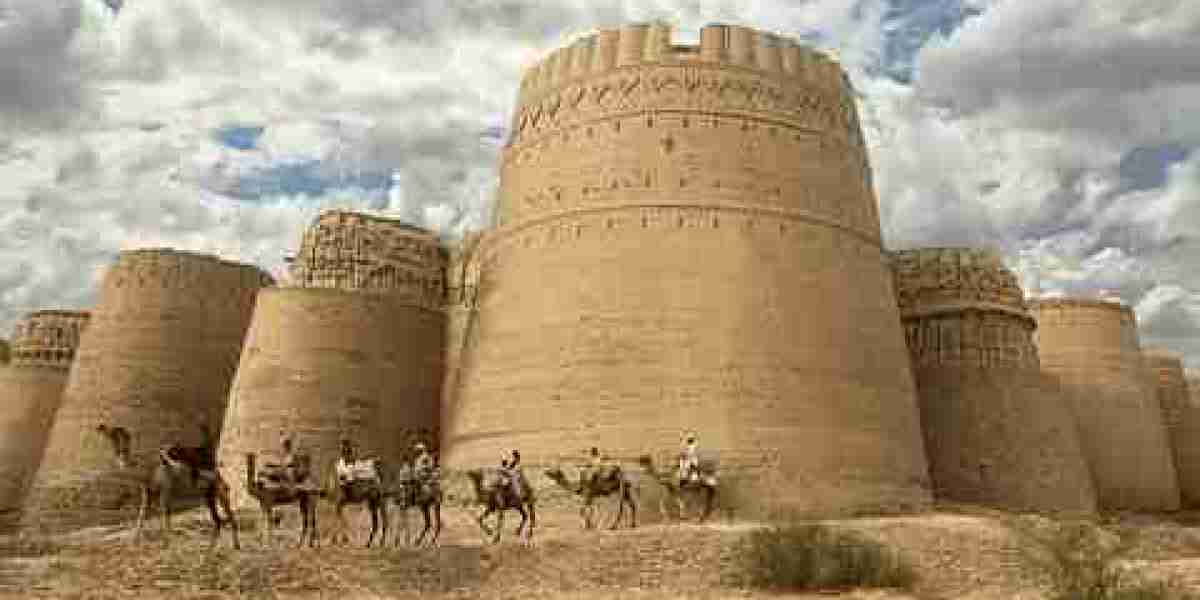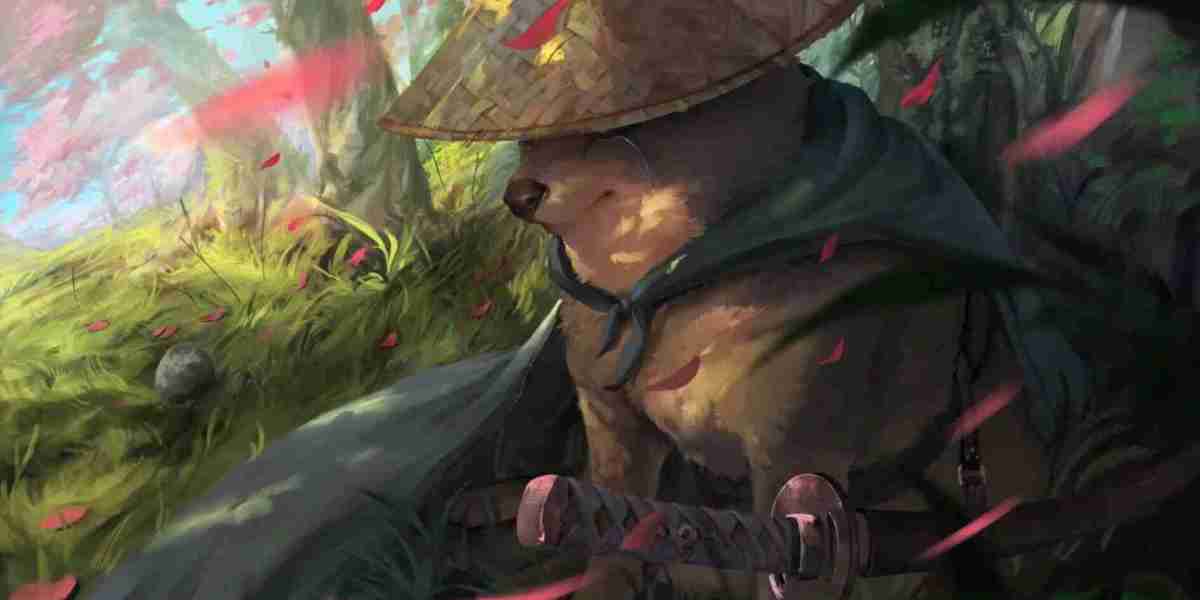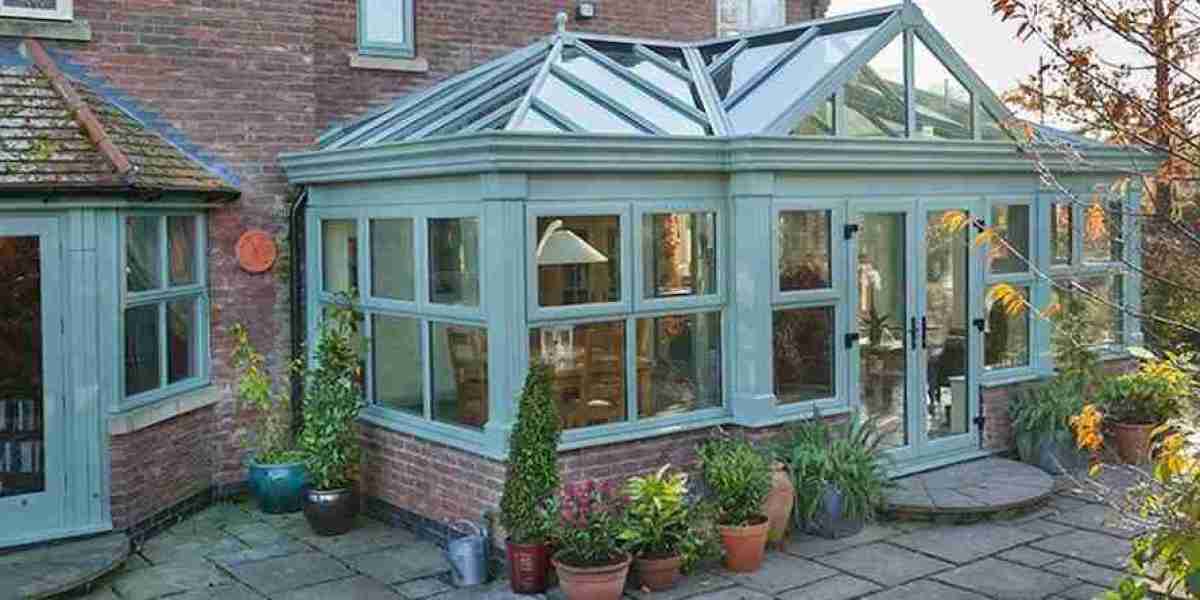1. Mohenjo-Daro – The Indus Valley’s Marvel
Located near Larkana in Sindh, Mohenjo-Daro is one of the world’s oldest planned cities, dating back over 4,500 years. The city’s remarkable urban planning — from drainage systems to standardized brick architecture — reveals the advanced lifestyle of the Indus Valley Civilization. Unfortunately, environmental changes and lack of proper preservation threaten its survival, making urgent conservation efforts essential to protect this piece of history.
2. Taxila – The Ancient Seat of Learning
Taxila, near Islamabad, was once the center of Buddhist learning and philosophy. Monasteries, stupas, and intricate sculptures found here provide valuable Pakistani culture insights into the Gandhara civilization’s contribution to education and art. As one of Pakistan’s most significant archaeological treasures, Taxila represents a time when the region was a hub of knowledge, peace, and intellectual exchange.
3. Lahore Fort and Shalimar Gardens – Mughal Grandeur
The majestic Lahore Fort and the Shalimar Gardens reflect the peak of Mughal architectural excellence. These sites embody the refinement and artistic spirit of the Mughal dynasty — showcasing intricate frescoes, tile work, and fountains that continue to inspire architects and historians. Together, they portray the elegance and deep Culture in Pakistan that merges history with artistry.
4. Makli Necropolis – The City of Silence
Makli Necropolis in Thatta, Sindh, is one of the largest graveyards in the world, covering an area of ten square kilometers. With thousands of elaborately designed tombs and shrines, it showcases diverse Pakistani traditions influenced by Islamic, Persian, and Hindu aesthetics. Each tomb tells the story of rulers, saints, and scholars who shaped the spiritual and political life of the region. The site stands as a reminder of Pakistan’s multicultural past.
5. Rohtas Fort – The Strategic Stronghold
Built by Sher Shah Suri in the 16th century, Rohtas Fort near Jhelum represents architectural mastery and military strength. Its immense walls, grand gates, and defensive structures symbolize the strategic genius of its builders. Recognized as a UNESCO World Heritage Site, Rohtas Fort is not just a monument but a living representation of Pakistan’s resilience and unity.
6. Derawar Fort – The Desert Fortress
Standing tall amid the golden sands of the Cholistan Desert, Derawar Fort is a striking example of architectural brilliance. Its 40 bastions rise from the desert like guardians of history, each whispering tales of Bahawalpur’s royal legacy. Beyond its grandeur, Derawar reflects the strength and perseverance of the people who thrive in one of Pakistan’s harshest landscapes.
7. Katas Raj Temples – A Testament to Religious Harmony
Located in Chakwal, the Katas Raj Temples are sacred to Hindus and symbolize Pakistan’s religious diversity. These temples surround a natural pond that is said to have been created by Lord Shiva’s tears. The site beautifully reflects Pakistani traditions of tolerance and coexistence, reminding us of an era when multiple faiths shared this land with mutual respect.
8. Baltit Fort – The Jewel of Hunza
Perched above Karimabad in the Hunza Valley, Baltit Fort is an architectural marvel that blends Tibetan and Kashmiri design. Originally built over 700 years ago, it has been restored and now serves as a museum showcasing the rich history and heritage of northern Pakistan. The fort stands as a testament to how remote communities have preserved their cultural identity while adapting to modernity.
9. Takht-i-Bahi – The Buddhist Monastic Complex
Takht-i-Bahi, near Mardan, is one of the best-preserved Buddhist monasteries in Asia. Its layout includes meditation cells, courtyards, and stupas that depict the daily lives of monks. The site’s elevated location has protected it from erosion, offering visitors a serene and spiritual experience. It also highlights the social issues in Pakistan — particularly the need for better heritage conservation and tourism awareness.
10. Noor Mahal – The Palace of Light
Located in Bahawalpur, Noor Mahal is a 19th-century palace that captures the grandeur of Pakistan’s royal past. With Italian-style columns and Islamic arches, it’s a masterpiece that mirrors European influence combined with local elegance. Today, it stands as a beautiful reminder of how Culture in Pakistan has evolved through centuries of artistic exchange and innovation.







